| DC60719 |
Pramipexole Impurity E
Featured
|
|

|
| A982 |
Letolizumab
Featured
|
Letolizumab (BMS-986004) is a monoclonal antibody targeting CD40L, which is produced to express mutant IgG1 lacking effector function, including Fc binding and complement fixation. Letolizumab reduces rejection, thromboembolism and prolongs the survival time. |

|
| A983 |
Merck patent anti-Amyloid Beta
Featured
|
|

|
| DC60720 |
Pramipexole Impurity A
Featured
|
|
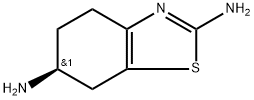
|
| A984 |
Moxetumomab
Featured
|
Moxetumomab, a recombinant CD22-targeting immunotoxin, can be used for the research of hairy cell leukemia (HCL). |

|
| DC60721 |
CD10503
Featured
|
|

|
| A985 |
Anti-MUC1 Reference Antibody (AR20.5)
Featured
|
|

|
| A986 |
Frunevetmab
Featured
|
Frunevetmab (NV-02) is a felinized anti-nerve growth factor (NGF) monoclonal antibody with a Kd of 20 pM. Frunevetmab can effectively decrease osteoarthritis (OA) pain in cats. |
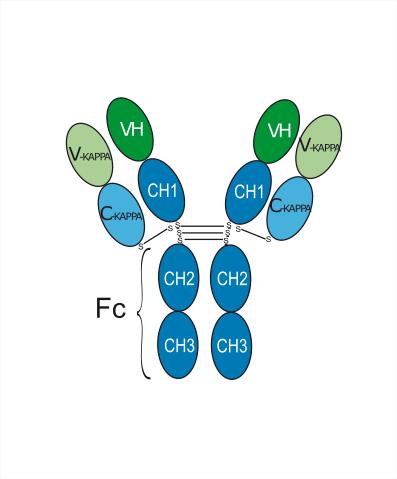
|
| A987 |
Petosemtamab
Featured
|
Petosemtamab (MCLA 158) is an anti- EGFR (Kd: 0.22 nM) and anti-LGR5 (Kd: 0.86 nM) monoclonal antibody (mAb). Petosemtamab leads to EGFR signaling blockade and receptor degradation in LGR5+ cancer cells. Petosemtamab can be used in the research of solid tumors, such as head and neck squamous cell carcinoma (HNSCC), metastatic colorectal cancer (CRC). |
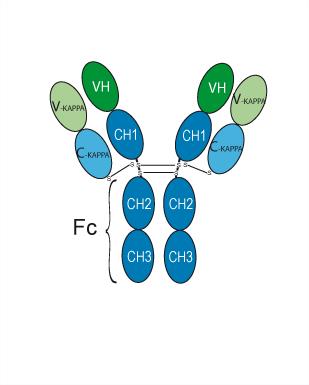
|
| DC60722 |
(R)-Pregabalin
Featured
|
|

|
| A988 |
Ponezumab
Featured
|
Ponezumab (PF-04360365) is a humanised anti-amyloid IgG2 monoclonal antibody. Ponezumab reduces Aβ levels in the central nervous system and improves performance in mice in various models of learning and memory. Ponezumab can be used in study of Alzheimer's disease. |
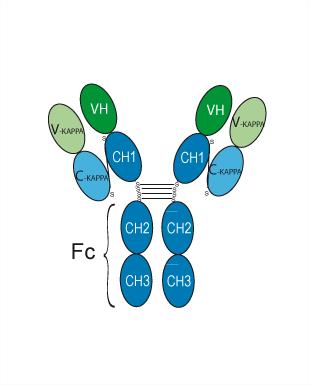
|
| A989 |
Elgemtumab
Featured
|
Elgemtumab(LJM716) is a fully human IgG monoclonal antibody. Elgemtumab can specifically bind to HER3, block ligand-dependent and independent HER3 signal transduction and cell proliferation, and has good anti-tumor potential. |
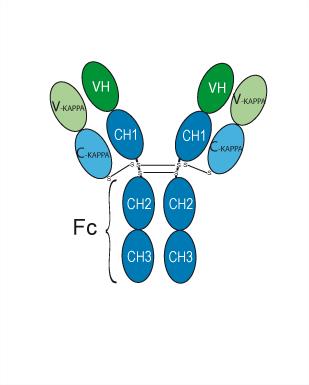
|
| A990 |
Cemiplimab
Featured
|
Cemiplimab (Anti-Human PD-1) is a high-affinity programmed death receptor-1 (PD-1) monoclonal IgG4 antibody that blocks PD-1/PD-L1-mediated T-cell suppression. Cemiplimab is commonly used in squamous cell skin cancer research. |
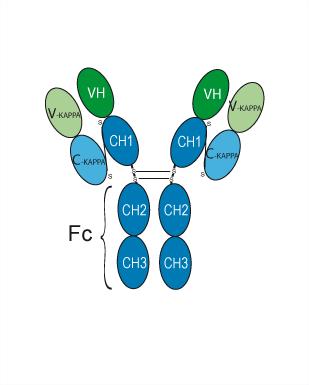
|
| A991 |
Visugromab
Featured
|
Visugromab (CTL-002) is a GDF-15 neutralizing IgG4 mAb. Visugromab has synergistic anticancer activity with the anti-PD1 antibody Nivolumab (HY-P9903) and can effectively act on PD-1/PD-L1 relapsed/refractory metastatic solid tumors. |
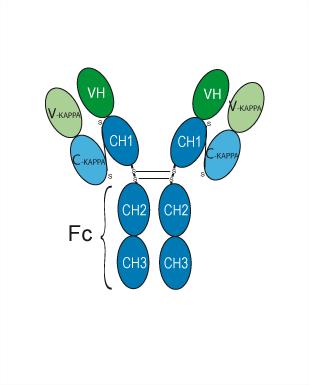
|
| A992 |
Teneliximab
Featured
|
Teneliximab (BMS-224819) is a chimeric monoclonal antibody, blocks the CD40-CD40L interaction. Teneliximab (BMS-224819) has partial agonist activity resulting in some signaling through CD40 and peripheral B cell depletion. |

|
| A993 |
Enlimomab
Featured
|
Enlimomab (BI-RR 0001), a murine IgG2a monoclonal antibody to the human ICAM-1, inhibits leukocyte adhesion to the vascular endothelium, thereby decreasing leukocyte extravasation and inflammatory tissue injury. Enlimomab has anti-inflammatory effects, and can be used for stroke research . |

|
| A994 |
Fidasimtamab
Featured
|
Fidasimtamab (IBI-315; BH2950) is a recombinant human IgG1 bispecific antibody that targets, binds and inhibits both HER2 and PD-1 and their downstream signalling pathways, and links PD-1 expressing T cells to HER2 expressing tumour cells. Fidasimtamab has potential immunosuppressive and antitumor activity. |

|
| A995 |
Barzolvolimab
Featured
|
Barzolvolimab (CDX 0159) is a humanized anti-KIT IgG1 monoclonal antibody. Barzolvolimab specificity and potently inhibits KIT activation by SCF. Barzolvolimab can reduce skin mast cells and disease activity in chronic inducible urticaria. |
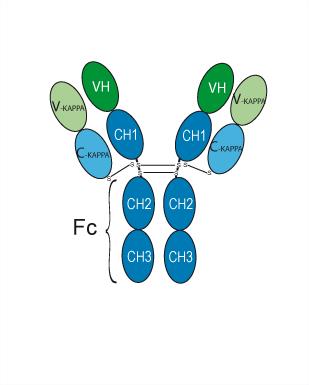
|
| A996 |
Cifurtilimab
Featured
|
Cifurtilimab (SEA-CD40) is an agonistic nonfucosylated, human IgG1 monoclonal antibody directed against CD40. Cifurtilimab shows antitumor activities. |
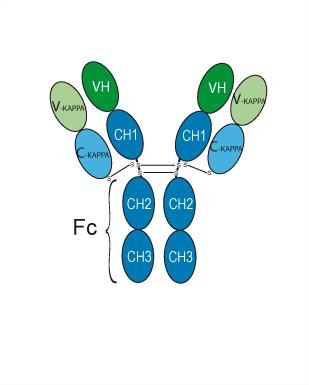
|
| A997 |
Suptavumab
Featured
|
Suptavumab (REGN2222) is a human monoclonal antibody. Suptavumab can bind and block a conserved epitope on RSV A and B subtypes. Suptavumab can be used for the research of RSV infection. |
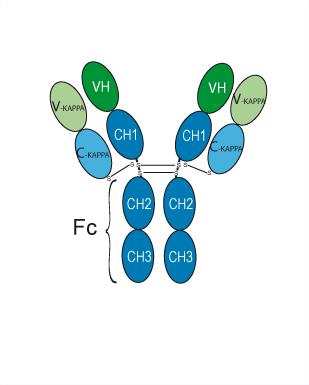
|
| A998 |
Tifcemalimab
Featured
|
Tifcemalimab (JS004) is a humanized anti-BTLA (B and T lymphocyte attenuation factor) monoclonal antibody. Tifcemalimab blocks the interaction of HVEM-BTLA by binding to BTLA, and thus blocks the inhibitory signaling pathway mediated by BTLA. Tifcemalimab can be used in research of cancer. |
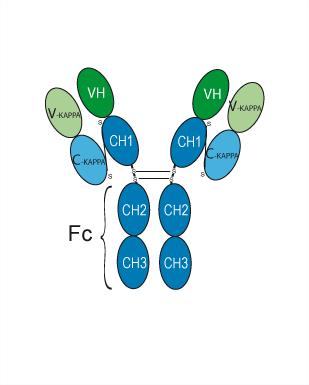
|
| DC60723 |
Pregabalin Impurity 10
Featured
|
|
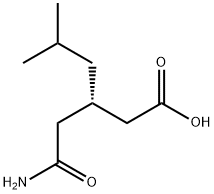
|
| A999 |
Omodenbamab
Featured
|
Omodenbamab is an anti-SpA (Staphylococcal protein A) human monoclonal antibody with a KD value of 0.0467 nM. Omodenbamab circumvents a key S. aureus evasion mechanism by targeting the cell wall moiety Protein A (SpA). Omodenbamab can be used in research of S. aureus bloodstream infection. |
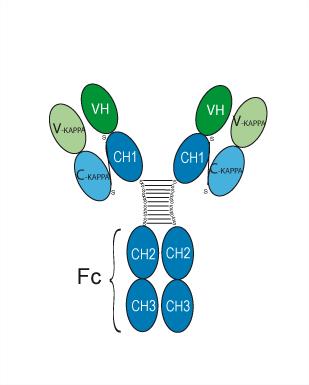
|
| DC60724 |
4-Isobutyl-2-pyrrolidinone
Featured
|
|

|
| DC60725 |
(R)-4-Isobutylpyrrolidin-2-one
Featured
|
|

|
| A1000 |
Faralimomab
Featured
|
Faralimomab (64G12) is an immunomodulator, and a murine anti-IFNA1 IgG1 mAb. |
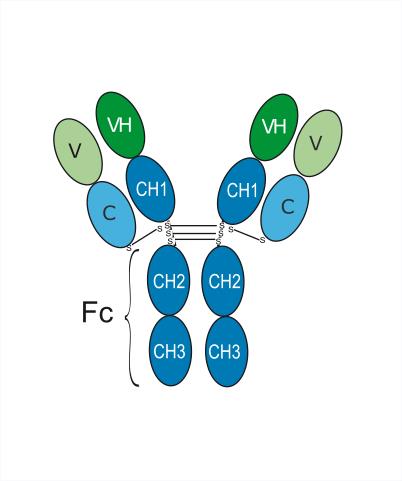
|
| DC60726 |
(R)-(-)-3-(Carbamoylmethyl)-5-methylhexanoic acid
Featured
|
|

|
| A1001 |
Metelimumab
Featured
|
Metelimumab (CAT-192) is a human IgG4 monoclonal antibody that can selectively neutralize TGFβ1. |
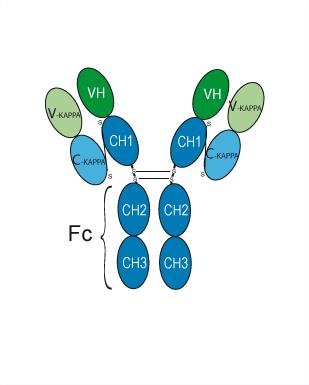
|
| DC60727 |
Pregabalin Impurity 19
Featured
|
|
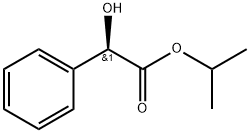
|
| A1002 |
Toralizumab
Featured
|
Toralizumab (IDEC-131) is a humanized monoclonal antibody (mAb) against CD40L (CD154) comprised of human gamma 1 heavy chains and human kappa light chains. Toralizumab binds specifically to human CD40L on T cells, thereby preventing CD40 signaling. Toralizumab, a immunosuppressive agent, has the potential for active systemic lupus erythematosus (SLE) research. |
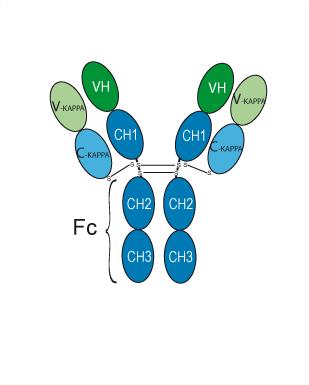
|





























